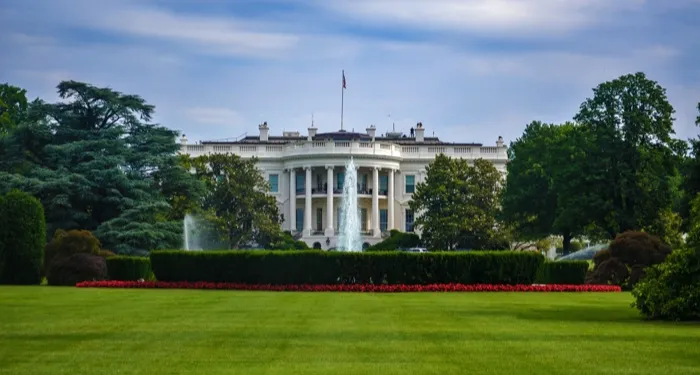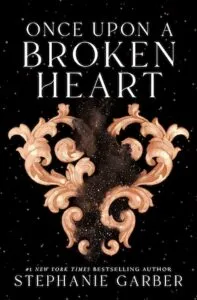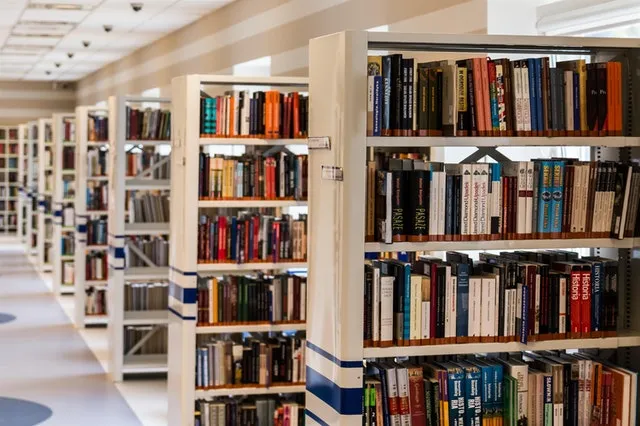
A Brief History of U.S. Presidential Libraries
How well do you know U.S. presidents and their connections to the literary world? Many of you, I’m sure, are aware that many presidents have authored books, especially autobiographies.
Recent ones include My Life by Bill Clinton, Decision Points by George H.W. Bush, An American Life by Ronald Reagan, A Full Life: Reflections at Ninety by Jimmy Carter, and A Promised Land by Barack Obama.
Bill Clinton has even written two fiction books with James Patterson. And Jimmy Carter has written dozens of books on a variety of topics, such as faith and aging.
But there’s more than just books. Another legacy that they leave — regardless of their political party — are presidential libraries.
Not all presidents have libraries, and they’re not all in the same places — or even in Washington, D.C., the nation’s capital. They are based in locations that are significant to presidents, like their home states. Open to the public, they include papers, photos, and footage of speeches — but more on that later.
First, let’s get to how the presidential libraries were started in the first place.
The Acts That Structured Presidential Libraries
Presidential libraries are relevant institutions because they are home to important aspects of U.S. history. They are overseen by the Office of Presidential Libraries in the National Archives and Records Administration.
It was President Franklin D. Roosevelt who started the tradition of presidential libraries, in 1939. This was after many important presidential records were lost or destroyed before him, per government archives. Then, in 1950, President Harry S. Truman also created a presidential library, and the Presidential Libraries Act of 1955 was set up. This didn’t make it mandatory to establish a library, but encouraged the practice.
1978 was an important year for the development of presidential libraries. That year, the Presidential Records Act made it so that certain presidential records belong to the U.S. government; so do some records of vice presidents. Eight years later, the Presidential Libraries Act of 1986 was approved, having to do with financing for the libraries.
Many presidential libraries are currently closed, or operating under different hours because of the COVID-19 pandemic. However, there are currently 15 presidential libraries that are accessible online.
The 4 Most Recent Libraries Built
1. The Ronald Reagan Presidential Library
This library is in Southern California — Simi Valley, to be exact. The location makes sense considering that Reagan was once governor of California — and was a film and television actor in California in his younger years, including presiding over the Screen Actors Guild. The text archives at the library are currently being digitized, which is a big project, in addition to audiovisual materials and speeches.
2. The George H.W. Bush Library and Museum
The 41st President’s library is in College Station, which is in eastern Texas; it’s part of the Texas A&M University campus. Bush Sr. served as a Texas Congressman for more than a decade before being elected president.
A research institution, it’s similar to other presidential libraries, and covers Bush’s personal and political life — including his time as Vice President, too. The archives include more than 44 million records, 800 hours of audio, and 2 million photos.
3. The William J. Clinton Library and Museum
This library and museum focuses on the presidency of Bill Clinton. His library and museum is part of the Clinton Presidential Center and Park in Little Rock, Arkansas; that’s where he served as governor of Arkansas before his presidency. According to the website, you can find “archival collections and and research facilities.” Among those materials are “documents, photographs, videos, and interactive stations…”
4. The George W. Bush Library and Museum
Located in Dallas, Texas, this is the 43rd president’s library. The Bush family has long-standing ties to the state, and before becoming president, this Bush was governor of Texas. Its galleries include photos and other materials related to the attacks on September 11, 2011, an annual tee ball event on the White House lawn, and White House social events. Research is done at the institution, and you can also find information on the Bush family, including First Lady Laura Bush.
The Library in Progress
And lastly, construction of President Barack Obama’s Presidential library has started, and it’s being built in Chicago. Originally from Hawaii, President Obama spent a significant portion of his life in Chicago. It was in that city that he worked as a community organizer, a lecturer at the University of Chicago Law School, and then went on to be elected an Illinois senator. Afterwards, he ran for the presidency.
You can check out the library’s website here. Interestingly, his presidential library will be the most digitized yet.
According to the website, “An estimated 95 percent of the Presidential records of the Obama administration were born-digital, such as photos, videos, word processing documents, tweets, emails, and other common digital forms. NARA and the Obama Foundation will work together to digitize unclassified textual Presidential records to create a digital archive.”
To learn more about U.S. presidents, check out 44 presidential biographies you might be interested in; a piece on presidential poetry; and 15 books by and about the current presidential family.














